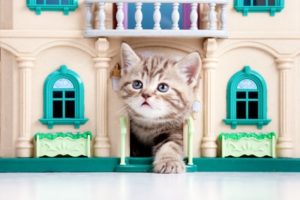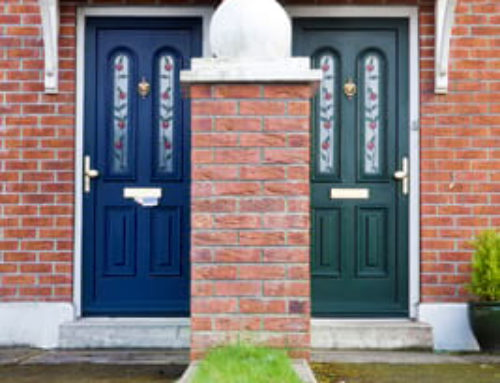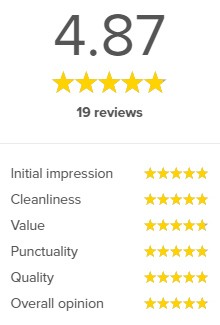
Need to fit a cat flap in your uPVC door?
Somehow, cats have never really evolved to understand the concept of doors. Whether they wander all day, or they prefer to stay at home, they always manage to be on the wrong side of the door. Many cats enjoy going out at night, which leaves their owners with a dilemma. Do you stay up late and wait for your moggie to come home, or leave them out to brave the streets alone in the dark?
It’s no surprise that many cat owners choose to have a cat flap (and some dog owners, too). And with a timber door, fitting a flap is relatively straightforward. But what about plastic doors? The simple fact is that cat flaps can be fitted, but it’s not always straightforward.
Fitting the Cat Flap
You can fit a cat flap into solid uPVC doors fairly easily, since you can simply cut a hole in the door. Remember to check that your flap is large enough for your cat, and ensure the height is appropriate so that the cat does not have to jump. Most people can fit their own catflap, if they’re comfortable with using a jigsaw.
The safer option is to upgrade your uPVC door, and have the cat flap fitted into the lower panel at the point of manufacture.
If your door has a glass pane, you will need a specialist to cut a hole in the glass, or have a new door manufactured with the hole already prepared. Alternatively, replacing your door with one that has a solid panel may be easier and more cost-effective than having a glass unit cut in the right place.
Composite doors are a different proposition because they are solid. While it’s theoretically possible to retro-fit a cat flap, it’s not always a neat process. We strongly recommend that you order your door with a cat flap already integrated, to retain the good looks and strength of the door. If you’re thinking about a composite door upgrade, contact us for advice before you order.
Alternative Solutions
If you’re not sold on fitting a cat flap in a door, have you thought about replacing a window and having the cat flap placed into it? You can also fit some cat flaps into brick walls, or have the cat flap come into your conservatory.
Alternatively, get a cat flap fitted into the door that leads into your porch. The cat can come in for shelter, but you don’t have the problem of finding unwanted ‘gifts’ in your main living space.
Further Advice
Fitting a cat flap yourself may invalidate the warranty on your door. In some cases, it’s a simple job; in others, it can end up in a horrible mess. Fitting a cat flap in a simple uPVC door is far easier than fitting one in a composite door, and if you get it wrong, replacing your door could be expensive.
If you’re thinking about ordering a door, or you’d like to try to fit a cat flap to an existing door, contact Hamiltons for more advice on your options.




